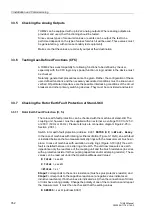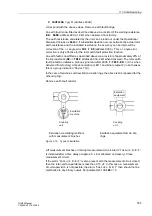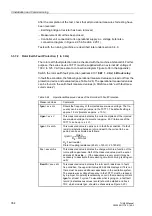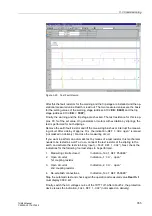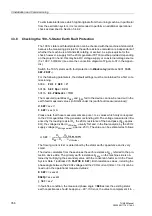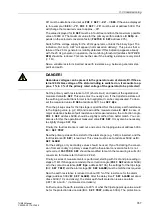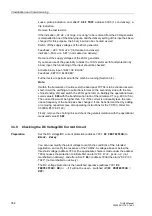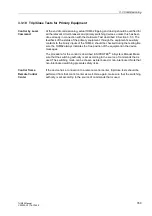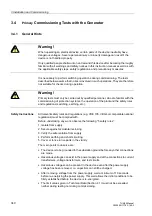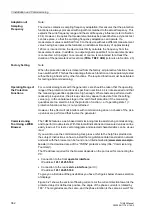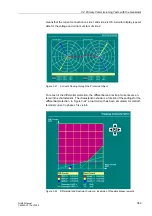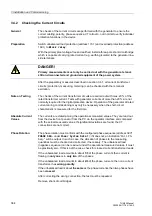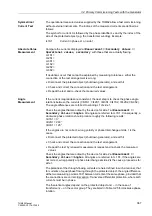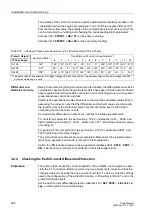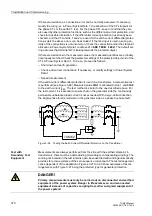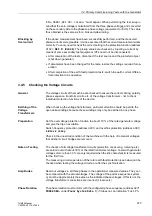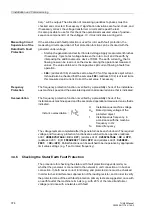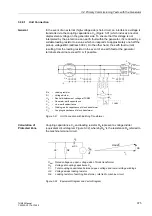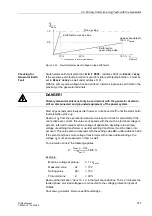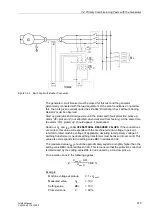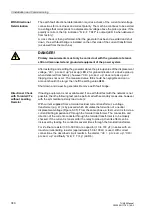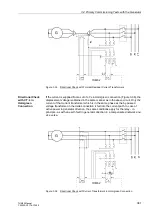
3 Installation and Commissioning
366
7UM62 Manual
C53000-G1176-C149-3
3.4.3
Checking the Differential Protection
Preparation
Before commencing any primary tests, make sure that the configured object is actually
the one you want to protect, and that the correct amplitude matching for the current
ratings of the protected object and the main primary c.t.s, and the correct vector group
matching are set.
Set the differential protection (address
) to
Block. relay
, or interrupt the trip
command lines.
The test arrangement varies dependent of the application.
On network power transformers and asynchronous machines a low-voltage test
equipment is preferably used. A low-voltage current source is used to energize the
protected object, which is completely disconnected from the network (Figure 3-23).
A short-circuit bridge, which is capable of carrying the test current, is installed outside
the protected zone and allows the symmetrical test current to flow.
On power station unit transformers and synchronous machines, the checks are
performed during the current tests, with the generator itself supplying the test current
(Figure 3-24). The current is produced by a three-pole short-circuit bridge which is
installed outside the protected zone and is capable of carrying rated current for a short
time. The generator is started but not yet excited. Check by means of remanent
currents that no current transformer is open or short-circuited. In order to achieve this,
read out the operational measured values and check the operational currents one by
one. Even when the currents and the measurement accuracy are still very small, the
described errors can already be detected.
The test current for commissioning tests must be at least 2 % of the rated relay
current.
Figure 3-23
Current Test with Low-Voltage Current Source
Figure 3-24
Current Test in a Power Station
400 V
3
~
400 V
7UM62
M
400 V
3
~
400 V
7UM62
Test source
Test source
7UM62
G
7UM62
7UM62

